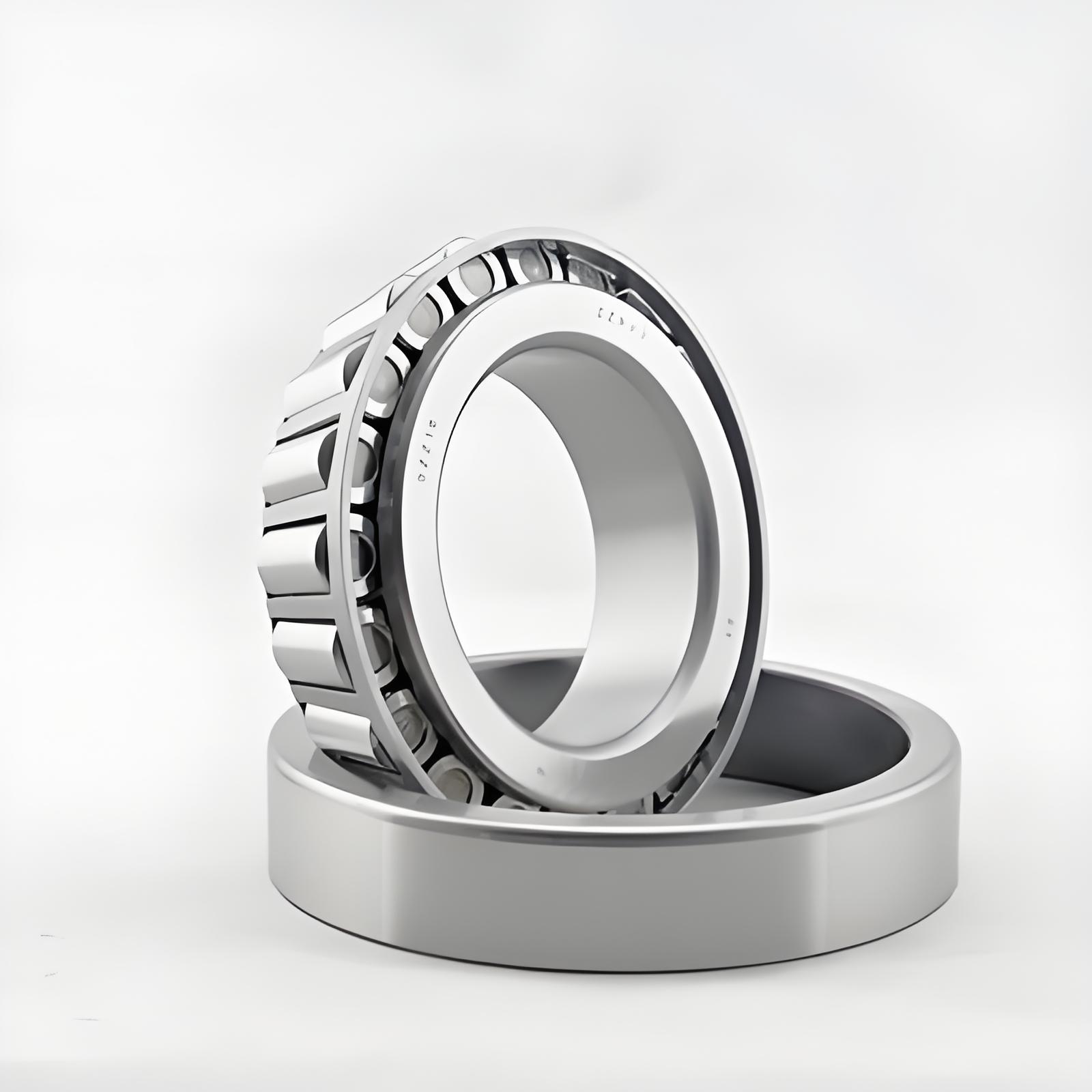
Sales Hotline:
+86-13793088586
Sales Hotline:
+86-13793088586


Six-dimensional performance comparison (key data at a glance)
Comparison Dimensions
Needle Roller Bearings
Cylindrical Roller Bearings
Winner
Space Utilization
Cross-section height reduced by 40%, achieving ultimate compactness
Standard structure occupies relatively large space
Needle roller
Maximum rotational speed
Outperforms oil lubrication by 15%
Higher rotational speed and superior heat dissipation under oil lubrication
Cylindrical
Impact Resistance
Fully-loaded structures exhibit exceptional impact resistance.
Cages are prone to deformation under impact
Needle bearings
Rigid load-bearing
Denser distribution, high rigidity
Large individual rollers, but sparse distribution
Needle roller
Serviceability
No inner ring design; replacement requires specialized tools
Monolithic construction for easy disassembly and assembly
Cylindrical
Cost-effectiveness
Longer lifespan in high-frequency impact scenarios
Better value for money in standard operating conditions
Depends on the specific scenario
✅ Key Findings:
Needle roller bearings are not “fragile precision components”; their full complement design significantly outperforms expectations under heavy loads and impact conditions.
Cylindrical roller bearings excel in high-speed, low-maintenance applications but are unsuitable for environments with high-frequency vibration.
In-Depth Analysis of Real-World Cases
🔧 Case 1: 500-Hour Stress Test on Construction Machinery Track Rollers
The track roller of a certain crawler excavator employs full complement needle roller bearings. After operating continuously for 500 hours under high-intensity impact and sand-infiltration conditions, no significant wear or fatigue spalling was observed. Video footage demonstrates that even under shock loads, the needle distribution maintains uniform force distribution, validating its reliability in harsh operating conditions.
⚠️ Case Study 2: Technical Review of Transmission Noise in Automotive Manufacturing
A domestic brand replaced the originally specified needle roller bearings with cylindrical roller bearings in its transmission design to “reduce costs.” While no issues arose initially, periodic abnormal noises emerged after 30,000 kilometers of road testing. Disassembly revealed that repeated impacts had deformed the cage, causing roller misalignment. The manufacturer ultimately reverted to the needle roller solution, resolving the problem completely.
Selection Recommendations: Stop Relying on Gut Feelings!
✅ Choose Needle Roller Bearings When:
Space is limited (e.g., engine rocker arms, transmission bushings)
High-frequency impact loads (construction machinery, agricultural equipment)
High rigidity and compact design are required
✅ Choose cylindrical roller bearings when:
Primarily high-speed rotation (motors, fans)
Frequent maintenance or replacement required
Cost-sensitive applications with stable operating conditions
Extended Value: One-stop support from selection to implementation
🛠️ Recommended tools: For needle bearing installation/removal challenges, use specialized hydraulic puller + guide sleeve sets to prevent installation damage.
💡 Customized consulting services: Provide bearing selection simulation analysis (load, speed, life prediction), support drawing evaluation and failure traceability.
Conclusion:
Technological progress has long rewritten the rules. It's time to replace empiricism with data-driven approaches, ensuring every bearing is deployed where it matters most. Don't let “inertia thinking” continue to pay the price for equipment failures.
| ||